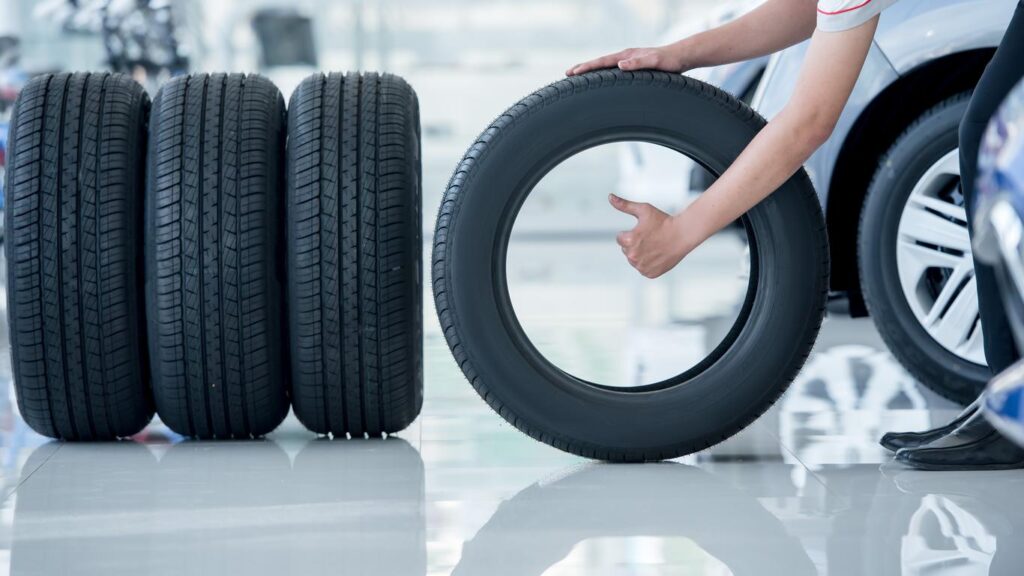The nano-structured silica of rubber and tire grade (ZEO2)
The nano-structured silica (grade Z2) can be used as a reinforcement in the rubber and tire industry due to its high specific surface area and the amount of oil absorption and proper granulation. The nano structure of silica includes pores in its structure that it leads to increase themechanical properties of rubber and tires. This product can be supplied in the form of powder and granules for polymer industries, especially rubber and tires

The use of precipitated silica in the tire industry began in the late 1990s and early 2000s. It was primarily driven by the need to improve fuel efficiency and reduce rolling resistance in tires.
Traditionally, carbon black was used as a reinforcing filler in tire manufacturing. While carbon black provides excellent reinforcement properties, it also increases rolling resistance, which leads to higher fuel consumption. As environmental concerns and regulations regarding fuel efficiency grew, tire manufacturers started looking for alternatives.
Precipitated silica, a synthetic form of silicon dioxide, emerged as a viable alternative to carbon black. It has unique properties that allow for better control over the tire’s performance characteristics. Silica-filled tires have lower rolling resistance, which improves fuel efficiency and reduces CO2 emissions. Additionally, they offer better wet traction and handling capabilities compared to carbon black-filled tires.
Today, precipitated silica is widely used in tire manufacturing across various segments, including passenger cars, trucks, motorcycles, and bicycles. Its adoption has played a crucial role in improving tire performance while meeting stringent environmental regulations related to fuel efficiency and emissions reduction.
Precipitated silica is a key ingredient used in the production of tires. It is a form of synthetic amorphous silicon dioxide, which is derived from quartz sand. Precipitated silica is added to the rubber compound during the tire manufacturing process for several reasons:
1. Reinforcement: Silica acts as a reinforcing filler in the rubber compound, improving the mechanical properties of the tire. It enhances the tensile strength, tear resistance, and abrasion resistance of the tread.
2. Rolling Resistance: Silica helps reduce rolling resistance, which is the energy lost as a tire rolls on the road surface. Lower rolling resistance leads to improved fuel efficiency and reduced CO2 emissions.
3. Wet Traction: Silica improves wet traction by enhancing grip on wet surfaces. It increases the tire’s ability to maintain contact with the road, reducing braking distances and improving overall safety in wet conditions.
4. Temperature Control: Silica helps dissipate heat generated during tire operation, preventing overheating and ensuring better performance and longevity.
5. Wear Resistance: The addition of silica improves wear resistance, making tires last longer before needing replacement.
Overall, precipitated silica plays a crucial role in enhancing various performance characteristics of tires, including grip, fuel efficiency, safety, durability, and environmental impact.
Green tires, also known as eco-friendly or low rolling resistance tires, are designed to reduce fuel consumption and minimize environmental impact compared to conventional tires. Here are some key differences:
1. Rolling Resistance: Green tires have lower rolling resistance, which means they require less energy to roll and maintain speed. This results in improved fuel efficiency and reduced carbon dioxide emissions.
2. Tread Design: Green tires often have unique tread patterns that optimize traction while minimizing rolling resistance. These designs may include narrower grooves or blocks to reduce friction and improve aerodynamics.
3. Materials: Green tires use advanced materials and compounds that enhance their performance while reducing environmental impact. For example, they incorporate silica-based compounds that improve grip on wet surfaces and reduce heat generation.
4. Weight: Green tires are typically lighter than conventional tires due to the use of lighter materials in their construction. This reduced weight contributes to improved fuel efficiency.
5. Durability: Green tires often have longer tread life compared to conventional tires, meaning they need to be replaced less frequently. This reduces waste and further minimizes their environmental impact.
6. Noise Reduction: Many green tire models feature noise-reducing technologies that provide a quieter ride compared to conventional tires.
It’s important to note that not all green tire models possess all these characteristics, as tire manufacturers may prioritize different aspects of eco-friendliness based on their design philosophy and target